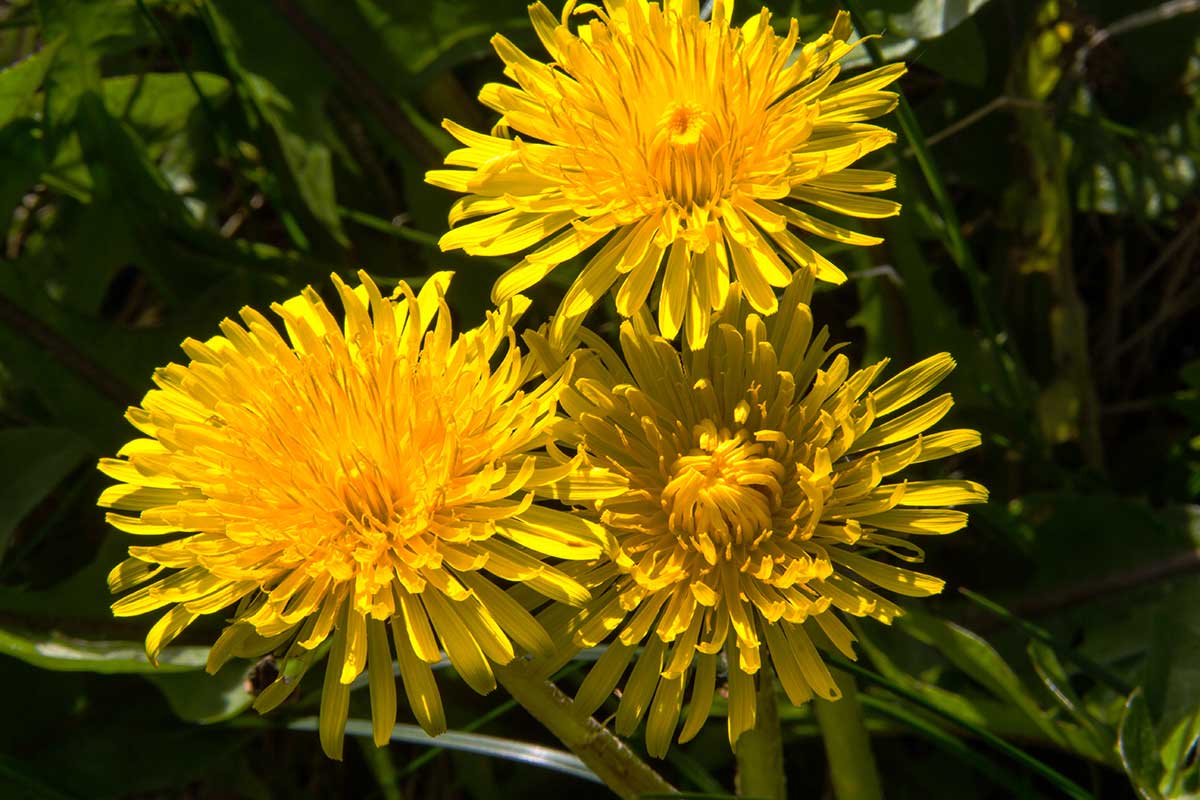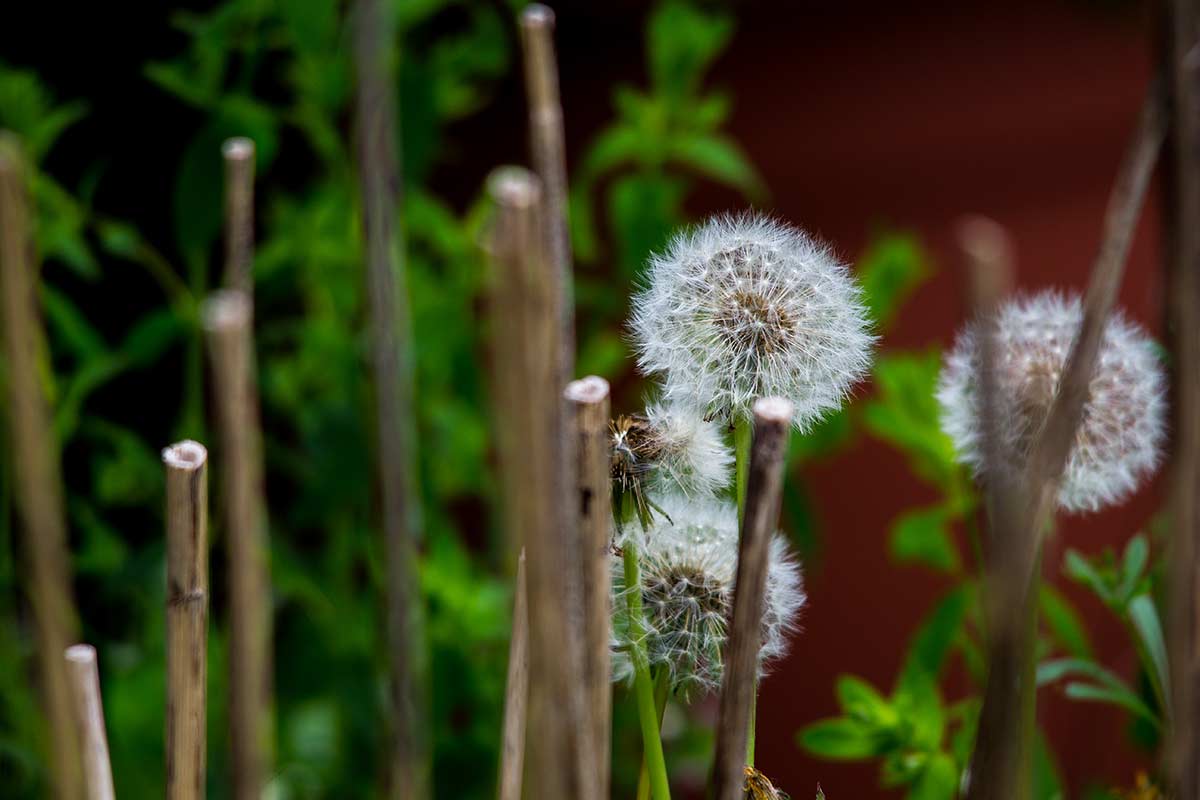Dandelion
Common names
Latin name
Family
Parts used
Botanical description, cultivation and harvesting
Dandelion is too common to need describing. There are probably up to 250 subspecies but they are so similar as not to warrant individual description. It is native to Europe and grows worldwide. Normally this plant does not need to be cultivated; it grows everywhere. However, there are ‘vegetable’ varieties of seed available and if you are not blessed with its presence in your domain seed is easily obtained in the wild and will germinate readily anywhere. The leaves are harvested when fresh and tender. The roots are harvested in spring and autumn.
History, folklore, taste and energetics
The leaf is bitter and salty to taste, the root is bitter and sweet; both are cooling bitters. Dandelion and burdock have traditionally been combined to make a cleansing and fortifying tonic beverage. Because the leaves contain so much potassium they are alkalizing, neutralizing acid and acidic emotions. Potassium is also valuable for the heart and blood pressure and dandelion leaf helps to clear the heart of fear and drain it out through the kidneys- this process increases urination rates substantially if there has been a lot of fear and therefore more fluid and salt are needed.
The root clears anger and other stagnant emotions from the liver and the bowel and tonifies the liver and pancreas to help us absorb and process emotions and emotional backlogs better; sometimes those who have suppressed their anger and been nice and quiet all their lives find that dandelion makes them speak out rather more vociferously and stand up for themselves.
The yellow flowers have always been considered to be an indication of its value as a liver herb, they also show that the plant helps to clear trapped emotional energy and information from the solar plexus. As all of that clears we really do recover our dandelion (a corruption of the French for lion’s teeth) heart; in other words we recover our lion heart, teeth and all, our courage and our passion.
Constituents
Leaf; Vitamin A,B,C and D, Sesquiterpene lactones, Triterpenes, Coumarins, Carotenoids, Minerals especially potassium, Flavonoids
Root; Bitter–taraxacin ,Monohydric acids – taraxasterol and homotaraxasterol, Fatty acids, Sugars, Inulin
Actions
Leaf
- Diuretic
- Mild laxative, the root is stronger
- Cholagogue
- Detoxifier
- Bitter
- Potassium supplement
Root
- Laxative
- Mild diuretic
- Cholagogue
- Anti-rheumatic
- Adaptogen, nutritive tonic
Traditional and current uses
- Mild liver tonic, root is stronger
- High blood pressure with fluid retention
- Water retention for hormonal reasons
- Muscular gout and rheumatism, flushes out acid wastes
- Infrequent urination
- Leaf tea can help to soften gallstones
- Potassium supplement for treating heart failure
Root
- Liver tonic
- Atonic dyspepsia
- Constipation
- Rheumatism, arthritis and other connective tissue conditions where a detox is required
- Hormonal imbalance
- Some nervous conditions
- Allergies
- Catarrhal conditions
- Skin problems
Recipes
The leaves are used fresh as spring tonic salad (we use them all year round here and cut them back when they have flowered to produce more), they can be blanched by placing an inverted flower pot over - makes leaves more tender and a little less bitter.
Also, the seeds can be harvested and sown in trays of potting compost and soil to be used as baby cut and come again leaves-delicious. Combining dandelion leaves with sweet grated raw roots such as carrot and beetroot can make them more palatable.
The roots can be sliced and used in stir fires or roasted in a cool oven to make dandelion coffee; those wishing to cut down on coffee consumption often find this an acceptable substitute and it can be ground and used in cafetiéres or substituted in most of the coffee enthusiast’s rituals of making the beverage. The flower petals can be used in salads, giving a delightful colour and interesting taste. Dandelion flowers have also been traditionally used to make wine or mead.


